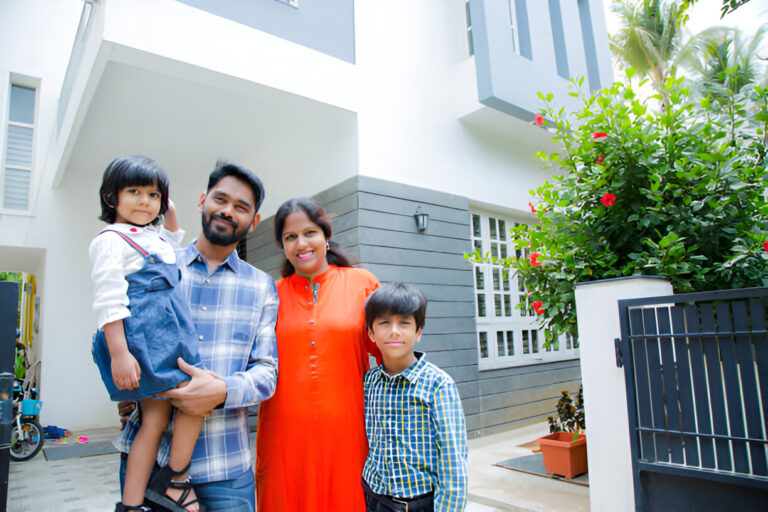Social housing is more than just bricks and buildings. It’s a system that helps people live safely, affordably, and with dignity. But behind the front doors, there’s a lot that has to happen to make sure everything runs smoothly—rent collection, repairs, safety checks, tenant support, and data management, to name just a few. Most of this work falls on housing teams who depend on systems to stay organised, meet legal rules, and keep people safe and happy in their homes.
But here’s the issue: many housing organisations still use old systems that were designed years ago. These systems don’t always work well with modern tools or with each other. That means more manual work, more delays, and more chances for errors. When the systems slow down the people doing the work, it ends up affecting the tenants too. Repairs get delayed, information gets lost, and it becomes harder to give people the service they deserve.
The Real Problems With Outdated Housing Systems
Using outdated software isn’t just annoying—it causes real problems. Some systems don’t store data in one place, so housing officers have to search across different platforms to find what they need. Others require lots of manual updates, which leads to mistakes and wasted time. In some cases, housing teams can’t even access their systems remotely, which slows down support for tenants who need help fast.
These issues don’t just make life harder for housing staff—they also directly affect the people living in social housing. Imagine waiting weeks for a repair because a request got lost, or being sent the wrong rent balance because of a data error. These things happen more often than they should, and they usually come down to one thing: the system behind the scenes isn’t doing its job.
To fix these problems, many organisations are now turning to Social Housing Management Systems. These modern tools help bring everything together—tenant records, maintenance schedules, communication tools, and reporting—into one secure, easy-to-use platform. Upgrading to systems like these can reduce delays, improve accuracy, and make it easier for housing teams to do their work well.
What Smarter Tech Actually Looks Like
Smarter tech doesn’t mean robots running housing offices. It just means better, more efficient tools that make life easier for everyone. A smart housing system might automatically remind staff when a gas safety check is due, so nothing gets missed. It could let tenants report issues online and track progress in real time. It could also help teams work remotely, so they don’t have to be in the office to get things done.
A good system will also use clear dashboards that show everything in one place—how many repairs are overdue, which tenants need follow-ups, and where the budget is being spent. That way, decisions can be made based on real-time data, not guesswork.
Security is also a big part of this. With better systems, personal data is stored safely, and only the right people can access it. This is important not just for following the law, but also for building trust with the people who rely on these services.
Saving Time and Money Without Cutting Corners
Some people worry that switching to new tech will cost too much or take too long. But staying with outdated systems can actually cost more in the long run. Every extra hour spent fixing mistakes, searching for information, or repeating tasks adds up. Modern systems are designed to reduce this kind of waste.
By automating repetitive tasks—like rent reminders or inspection scheduling—housing teams can focus on the stuff that really matters: helping people. It also means fewer missed deadlines, fewer complaints, and less stress for everyone involved.
Smarter systems can also spot trends that aren’t easy to see manually. For example, they might highlight which buildings have the most repair requests, or where rent collection has dropped off. Knowing this early can help teams take action before small problems turn into big ones.
The Human Side of Housing Technology
Even with the best tech in the world, housing will always be about people first. But the right tools can support better communication, better service, and better outcomes for tenants. When repairs are done on time, when staff have the information they need, and when tenants feel heard—it makes a big difference.
Technology also opens up new ways for tenants to be involved. Some systems let tenants update their own details, see their payment history, or request support without needing to wait on the phone.
What to Think About When Making the Switch
Switching to a smarter system doesn’t happen overnight. It takes planning, training, and support. Teams need time to learn how to use the new tools, and it’s important to pick a system that fits the specific needs of the organisation.
But with the right approach, the change can be worth it. Many housing providers that have made the switch say it’s made their work easier and more accurate, and tenants notice the difference too.
There’s no one-size-fits-all answer. Some providers might need a full upgrade, while others just need to improve parts of their current system.
Why It All Matters
At the end of the day, social housing isn’t just about putting roofs over heads. It’s about providing a stable foundation for people to live, grow, and feel secure. That mission deserves the best tools available—not clunky systems from a decade ago.
Smarter technology doesn’t replace the people doing the work. It helps them do it better. It allows them to respond faster, work more safely, and serve tenants with the care and attention they deserve.
In a world where everything else is going digital—from banking to healthcare—it only makes sense for social housing to keep up. Better systems mean better service, fewer problems, and a smoother experience for everyone involved. And that’s something worth working toward.

